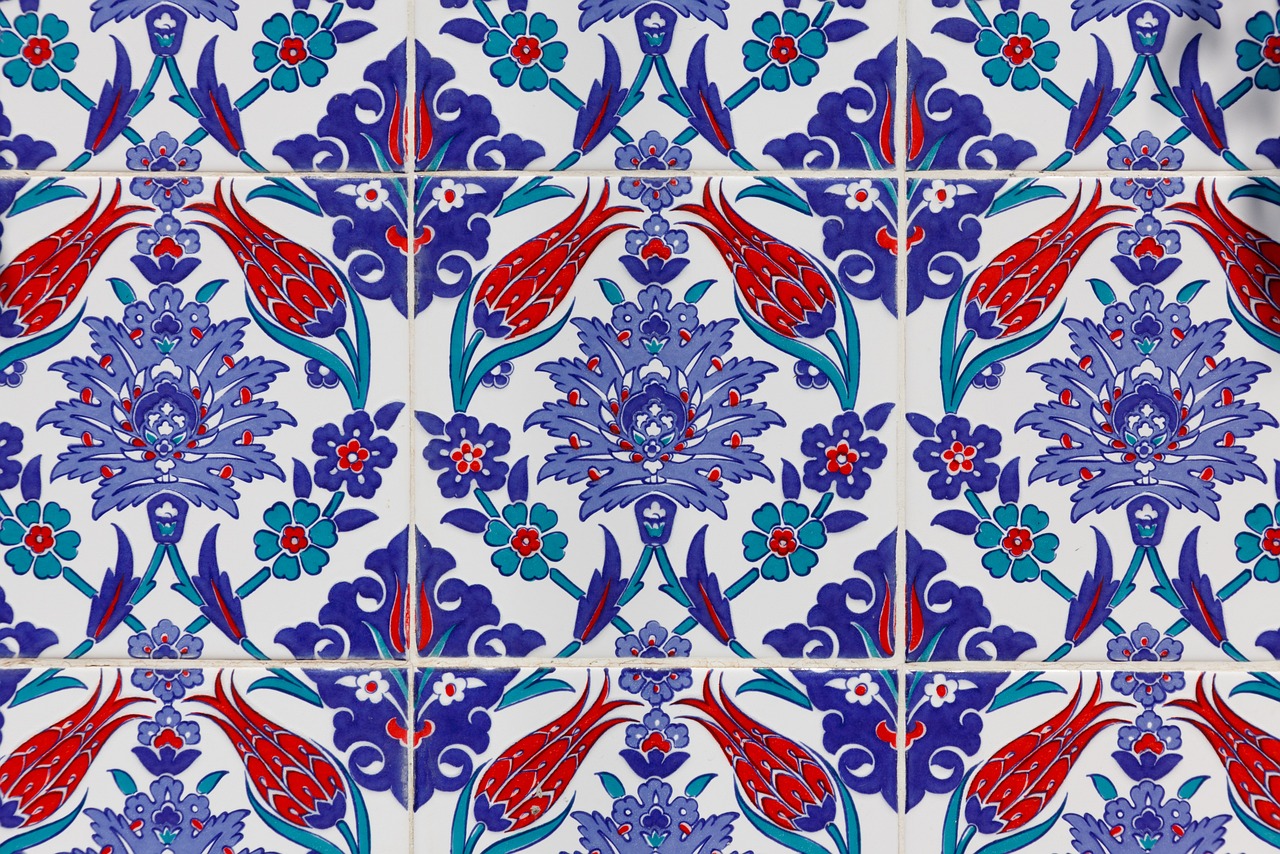Business
Academic Classicism: A Beacon of Artistic Tradition

In the ever-evolving realm of art, certain movements stand as timeless pillars, representing eras, ideologies, and the highest standards of aesthetic perfection. One such movement, rooted in tradition and discipline, is Academic Classicism. An exploration of its origins, characteristics, and impact provides insights into its enduring appeal.
Origins and Historical Context
Academic Classicism, as the name suggests, emanates from the art academies, particularly the French Academy in the 17th and 18th centuries. These institutions upheld stringent artistic standards, emphasizing the replication of forms and techniques from the ancient Greco-Roman era. This return to classic ideals was both a nod to antiquity and a reaction against the perceived excesses of the Rococo style.
Key Characteristics
Structured Composition: A hallmark of the style is its organized and balanced compositions. Artists meticulously arranged subjects within clear foregrounds, middlegrounds, and backgrounds.
Technical Mastery: Academic classicism celebrated the artist’s technical skill. Detailed rendering, precise draughtsmanship, and smooth brushwork were essential.
Historical and Mythological Themes: Common themes were borrowed from classical history, mythology, and literature. These subjects were seen as the epitome of high art, as they conveyed universal truths and moral virtues.
Idealized Realism: Unlike the overt emotionalism of Baroque or the whimsy of Rococo, Academic Classicism promoted an ‘idealized realism’. Artists sought to portray the world not necessarily as they saw it, but as it ‘should be’ – a world governed by reason, harmony, and beauty.
Influence and Critique
Academic Classicism’s profound influence stretched beyond France, shaping art institutions and standards worldwide. Its meticulous methods formed the core curriculum of numerous art schools.
However, as with all dominant movements, it faced critique. By the late 19th century, many artists felt constricted by the Academy’s strict standards. This led to the rise of avant-garde movements such as Impressionism and Post-Impressionism, which sought to break free from the rigid constraints of classicism.
Yet, even in the face of critique, the movement’s influence persisted. Many 20th-century artists returned to classical techniques as a foundation, even if they later diverged in style and subject.
Conclusion
Academic Classicism, with its disciplined approach and veneration of the past, serves as a testament to art’s capacity to bridge time. While it may have seemed restrictive to some, it undeniably set an unparalleled standard of excellence. Today, as we delve into diverse artistic expressions, the legacy of Academic Classicism remains a touchstone, reminding us of the timeless allure of classical beauty and mastery.
-
Blog1 year ago
MyCSULB: Login to CSULB Student and Employee Portal – MyCSULB 2023
-
Android App3 years ago
Cqatest App What is It
-
Android1 year ago
What Is content://com.android.browser.home/ All About in 2023? Set Up content com android browser home
-
Software2 years ago
A Guide For Better Cybersecurity & Data Protection For Your Devices
-
Latest News2 years ago
Soap2day Similar Sites And Alternatives To Watch Free Movies
-
Android2 years ago
What is OMACP And How To Remove It? Easy Guide OMACP 2022
-
Android3 years ago
What is org.codeaurora.snapcam?
-
Business2 years ago
Know Your Business (KYB) Process – Critical Component For Partnerships





















